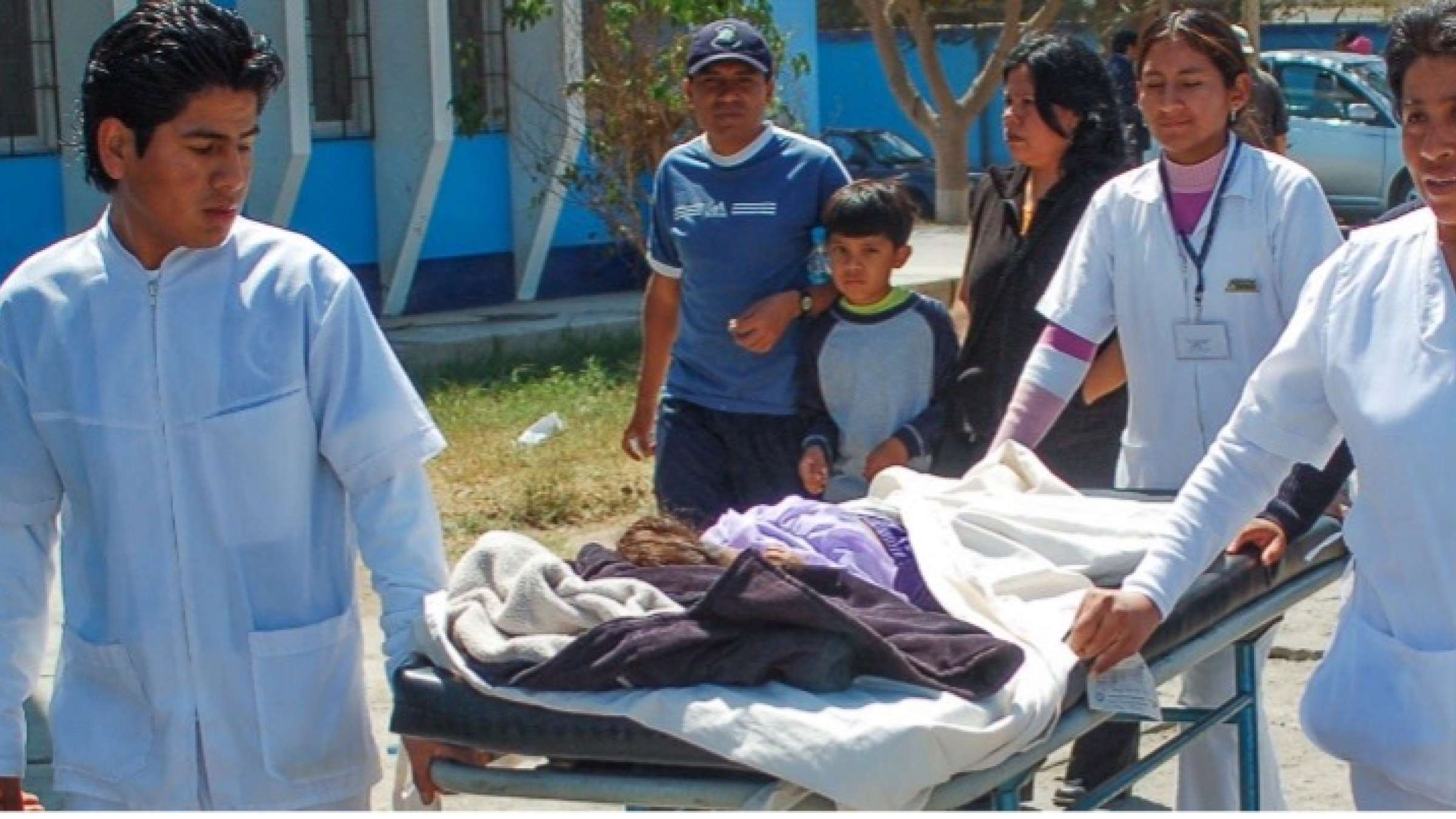Advancing DRR in building safe and resilient health facilities: lessons learnt from COVID-19
The COVID-19 pandemic along with concurrent emergencies, has exposed vulnerabilities and caused disruptions to health services in even the most robust health systems. Health facilities need to maintain maximum capacity of their services and functions during and immediately after major emergencies and disasters to ensure continuity of healthcare service provision and avoid excess mortality and morbidity, particularly among vulnerable populations.To do so, safe and resilient health facilities need to institute systems, procedures and capacities that address prevention, preparedness, response and recovery. In the response to the needs that emerged during COVID-19, several new tools were rapidly developed that complemented existing tools and built on the experience and lessons from the pandemic response and other emergencies. Country and hospital experience effective strategies to ensure uninterrupted health service delivery during emergencies and new tools will be shared and discussed.
Session objectives
- Share innovations and experiences gained during the COVID-19 response to strengthen the safety, functionality and sustainability of health facilities
- Discuss the central role of health facilities in managing health risks of emergencies and disasters in health systems and the whole-of-society
- Ensure that investment in health facilities is central to the comprehensive risk management strategies and in resilient critical infrastructure at global, national, local and community levels
- Contribute to the knowledge base on managing complex and interconnected risks, such as pandemics and climate related emergencies
- Discuss whole of society approaches and co-dependencies in reducing risk and building resilience for critical infrastructure
- Identify best practices to accelerate the implementation, monitoring and reporting of the Sendai Framework focusing on health facilities through achieving concrete, tangible impact.
Registration
Moderator
- Dr. Qudsia Huda, Head, Disaster Risk Management and Resilience Unit, WHO Headquarters
Speakers
- Dr. Stella Chungong, Director, Health Security Preparedness, WHO HQ
- Dr. Gerald Rockenschaub, Regional Emergency Director WHO Regional Office for Europe
- Dr Ray Pentecost III, Director, Union Internationale des Architects (UIA) - Public Health Group
- Dr. Maria van Kerkhove, COVID-19 Technical Lead, WHO HQ
- Dr. Iris Blom, International Federation of Medical Students’ Associations
Documents
Learn more
Emphasis will be on identifying and implementing good practices in health facility safety and resilience that contribute risk-informed and inclusive COVID-19 response, recovery and rehabilitation in humanitarian and low resource settings.
Where do we stand
Hospitals are a central to the resilience of communities, countries and theirhealth systems. Global frameworks for disaster risk reduction have recognized the important role of hospitals in local and national action to manage the risks of emergencies and disasters. Countries have established programs and conducted activities aimed at strengthening the safety and preparedness of health facilities so that they can operate with maximum functionality during emergencies and disasters. WHO and partners have developed and supported countries with tools and training that support health facility assessment, resource availability, health services, exercise management, disability, incident management and mass casualty management. Greater attention has been placed on ensuring that health facilities reduce their carbon footprint and waste and are able to with the effects of climate change. In the COVID-19 pandemic, countries identified needs for a set of tools, including for rapid assessment of hospital readiness for COVID-19 and the continuity of essential services, which have been applied in many countries, including in refugee settings.
Session guiding questions
- What key innovations and solutions were found in COVID-19 to address challenges and strengthen the safety, functionality and sustainability of health facilities
- What are some operational examples of lessons learned during the COVID-19 pandemic and other emergencies and how were they applied?
- What key actions are recommended for increasing investment to make hospitals more resilient to emergencies and disasters?
- What are examples of tools that were developed in COVID-19 and in what context were they applied (e.g. small island developing nations, fragile and violent contexts, low resource settings)?
- How can COVID-19 operational examples be applied to other types of emergencies?

Agenda
Location
BNDCC 2-Ground Floor
Online access
Participation
Open to those registered for the conferenceInterpretation
PT, ESDetails
Contact
Dr. Qudsia Huda, [email protected], Dr Kai Von Harbou, [email protected], Mrs Elleaine Tewolde, [email protected]
